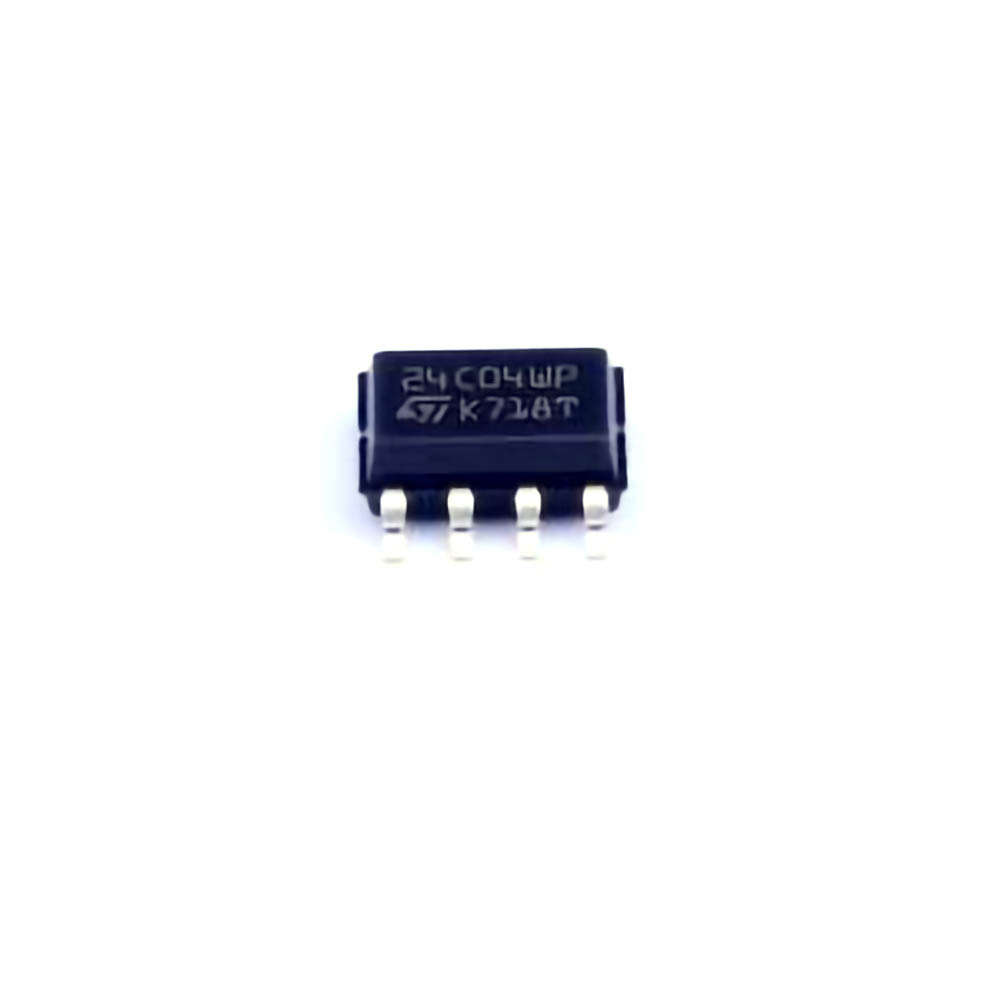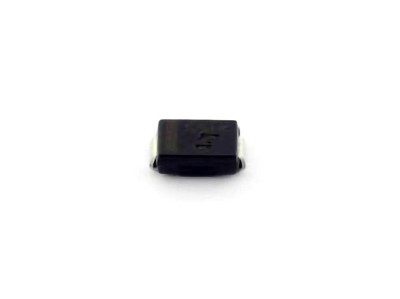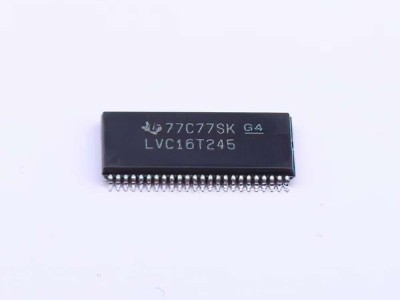
Introduction to M24C04-WMN6TP EEPROM and Embedded Systems
In the world of embedded systems, managing data storage efficiently and reliably is essential for the smooth operation of countless applications. Whether it’s for storing configuration settings, calibration data, user preferences, or operational logs, non-volatile Memory plays a pivotal role in ensuring data persists even when Power is lost. Among the various options available in the market, the M24C04-WMN6TP EEPROM stands out as a versatile, low-power solution that is widely used in a variety of embedded applications.
What is EEPROM?
EEPROM, or Electrical ly Erasable Programmable Read-Only Memory, is a type of non-volatile memory that allows data to be stored and retrieved electrically. Unlike volatile memory like RAM, which loses its data when power is removed, EEPROM retains the stored data even in the absence of power. This feature is crucial for embedded systems, where persistent data storage is required.
The M24C04-WMN6TP is a particular model of EEPROM that offers many advantages over other memory chips, making it an excellent choice for embedded systems. Let’s take a closer look at why this specific EEPROM is so beneficial for embedded system developers.
Key Features of M24C04-WMN6TP EEPROM
Memory Capacity:
The M24C04-WMN6TP provides 4 Kbits (512 bytes) of memory, which may sound modest, but it’s well-suited for many common embedded applications. This memory is typically used for storing configuration settings, serial numbers, device calibration parameters, or even simple logs.
Low Power Consumption:
Power efficiency is a critical factor for many embedded systems, especially those that run on battery power or need to minimize energy consumption. The M24C04-WMN6TP EEPROM is designed with low-power consumption in mind, making it ideal for battery-powered devices and other energy-conscious applications.
I2C interface :
The M24C04-WMN6TP communicates over an I2C interface, which is a popular and simple serial communication protocol in embedded systems. The I2C bus allows multiple devices to communicate over just two wires, which helps reduce wiring complexity and saves space on the circuit board. The use of I2C also makes it compatible with a wide variety of microcontrollers and processors.
Data Retention:
One of the standout features of the M24C04-WMN6TP is its long data retention capability. It can retain stored data for up to 40 years at 25°C, ensuring that data remains intact for an extended period, even in harsh environmental conditions.
Write Endurance:
The M24C04-WMN6TP has an endurance of 1 million write cycles per byte. This high write endurance means that the EEPROM can handle frequent updates and writes without risk of failure, which is crucial in systems that require regular data updates.
Small Form Factor:
The M24C04-WMN6TP comes in a compact package, making it ideal for space-constrained applications. Its small size allows it to be integrated into devices with limited space for components, such as wearables, IoT devices, and consumer electronics.
Why Embedded Systems Need EEPROMs
Embedded systems often face challenges in managing data that needs to persist through power cycles. Unlike regular computers, where hard drives or SSDs can store large amounts of data, embedded devices typically require compact, low-power memory solutions for storing critical data.
EEPROMs, like the M24C04-WMN6TP, are particularly useful in embedded systems for several reasons:
Persistence of Data: Embedded systems often need to store data that must not be lost when the system powers off. EEPROM ensures that critical data, such as device configuration settings, sensor calibration values, and even user preferences, remain intact even after the device is powered down.
Small Memory Footprint: Unlike traditional memory solutions like Flash or SD cards, EEPROMs are very compact and can fit into tight spaces, making them ideal for miniaturized embedded systems where space is at a premium.
Low Power Consumption: Many embedded systems, such as IoT devices, wearables, and sensor nodes, run on batteries. EEPROMs like the M24C04-WMN6TP are optimized for low power consumption, allowing these devices to operate for extended periods without draining the battery.
Cost-Effectiveness: EEPROMs are generally more cost-effective compared to other types of non-volatile memory, such as Flash memory or EEPROM-based solutions. For embedded developers looking for a solution that strikes the right balance between price, performance, and power efficiency, the M24C04-WMN6TP is an attractive option.
Applications of M24C04-WMN6TP EEPROM in Embedded Systems
The M24C04-WMN6TP EEPROM has a wide range of applications in embedded systems, particularly in scenarios where small amounts of data need to be stored persistently. Some of the most common uses include:
Device Configuration:
Many embedded devices require configuration data that determines how they operate. This can include settings like communication protocols, operational modes, and other parameters. The M24C04-WMN6TP is ideal for storing such settings because it offers reliable data retention and the ability to update values as needed.
Calibration Data:
Devices such as sensors, actuators, and measurement tools often require calibration to function accurately. This calibration data needs to be stored in non-volatile memory, and EEPROMs like the M24C04-WMN6TP are perfect for this task. The memory’s high write endurance ensures that calibration data can be updated frequently without risking data corruption.
Serial Numbers and Unique Identifiers:
Storing serial numbers, device IDs, and unique identifiers is another common use case for EEPROMs in embedded systems. These identifiers are often required for tracking, service, or authentication purposes, and the M24C04-WMN6TP provides a simple, reliable solution.
Log Data Storage:
In applications such as industrial monitoring or medical devices, logs of events or measurements need to be stored for future analysis. The M24C04-WMN6TP’s data retention and endurance characteristics make it an ideal choice for logging data in environments where power loss or frequent writes are expected.
Consumer Electronics:
Embedded systems in consumer electronics, such as smart home devices, remote controls, and wearables, frequently rely on EEPROMs for tasks such as storing user preferences, settings, and other personalized data. The M24C04-WMN6TP’s small size and low power consumption make it an excellent choice for these types of applications.
Benefits of M24C04-WMN6TP EEPROM for Embedded Systems and Future Trends
As the demand for embedded systems continues to grow, so does the need for memory solutions that are not only reliable but also efficient and cost-effective. The M24C04-WMN6TP EEPROM offers several benefits that make it a standout choice for embedded system developers. In this section, we’ll explore these benefits in detail, as well as how the future of embedded memory storage might evolve.
1. Power Efficiency and Low-Power Operation
One of the defining characteristics of the M24C04-WMN6TP EEPROM is its low-power operation. Embedded systems, especially those operating on battery power, demand memory solutions that won’t drain their energy supply. The M24C04-WMN6TP consumes very little power during both its idle and active states, making it ideal for devices that need to operate for long periods without frequent recharging or battery replacement.
For example, in IoT (Internet of Things) devices, which often run on battery power in remote locations, having a memory chip like the M24C04-WMN6TP ensures that the device can operate continuously while preserving battery life. This is a significant advantage when compared to traditional memory solutions, which might require higher amounts of power to function.
2. High Data Integrity and Longevity
Embedded systems are often deployed in environments where reliability is critical. The M24C04-WMN6TP’s high data retention period (up to 40 years) ensures that the stored data remains intact even in harsh conditions. Whether it’s used in industrial automation, medical devices, or automotive applications, this level of reliability is a key factor in the long-term success of embedded systems.
Furthermore, the write endurance of 1 million cycles per byte means that even applications requiring frequent data updates won’t face memory degradation issues. This combination of long-term data retention and high endurance makes the M24C04-WMN6TP ideal for applications that need to maintain integrity over extended periods of time.
3. Simplicity of Integration with I2C Interface
The I2C interface is a widely used communication protocol in embedded systems, and the M24C04-WMN6TP’s compatibility with this interface makes it incredibly easy to integrate into existing designs. The simplicity of I2C—requiring only two signal lines (SCL for clock and SDA for data)—makes the M24C04-WMN6TP a plug-and-play solution for developers looking to implement data storage without the complexity of parallel or SPI-based memory solutions.
Moreover, the I2C protocol allows multiple devices to share the same bus, reducing the number of required pins on the microcontroller. This is particularly beneficial in embedded systems with space and pin-count limitations.
4. Cost-Effectiveness for Mass Production
For embedded systems developers working on products that will be mass-produced, cost-effectiveness is always a primary concern. The M24C04-WMN6TP EEPROM offers an affordable yet high-performance solution, making it ideal for large-scale production. Compared to Flash memory and other non-volatile solutions, EEPROMs like the M24C04-WMN6TP offer a cost-effective way to implement data storage without compromising on performance or reliability.
This cost advantage is particularly important for applications such as consumer electronics, where keeping production costs low is critical for maintaining competitive pricing in the market.
5. The Future of Embedded Memory Storage
As embedded systems become increasingly sophisticated, the need for more robust and versatile memory solutions grows. While EEPROMs like the M24C04-WMN6TP will continue to play an important role in embedded systems, the future of memory storage is likely to see innovations in memory technologies that further enhance performance, capacity, and power efficiency.
Some of the trends that could shape the future of embedded memory include:
3D Memory: 3D stacking technology could enable the creation of even smaller and more efficient memory chips with higher capacities.
Non-Volatile RAM (NVRAM): Hybrid memory technologies that combine the speed of RAM with the persistence of non-volatile memory could become more common.
Quantum Memory: Although still in the research phase, quantum computing could eventually lead to new forms of memory with unprecedented speed and storage capacity.
Conclusion
The M24C04-WMN6TP EEPROM provides an excellent solution for embedded systems that require reliable, low-power, and cost-effective data storage. Its versatility, coupled with its low-power operation, high endurance, and long data retention, makes it an ideal choice for a wide range of embedded applications, from industrial equipment to consumer electronics. As the field of embedded systems continues to evolve, memory solutions like the M24C04-WMN6TP will remain critical for the success of countless devices that power our connected world.
End of Part 2.
Partnering with an electronic components supplier sets your team up for success, ensuring the design, production, and procurement processes are quality and error-free.


